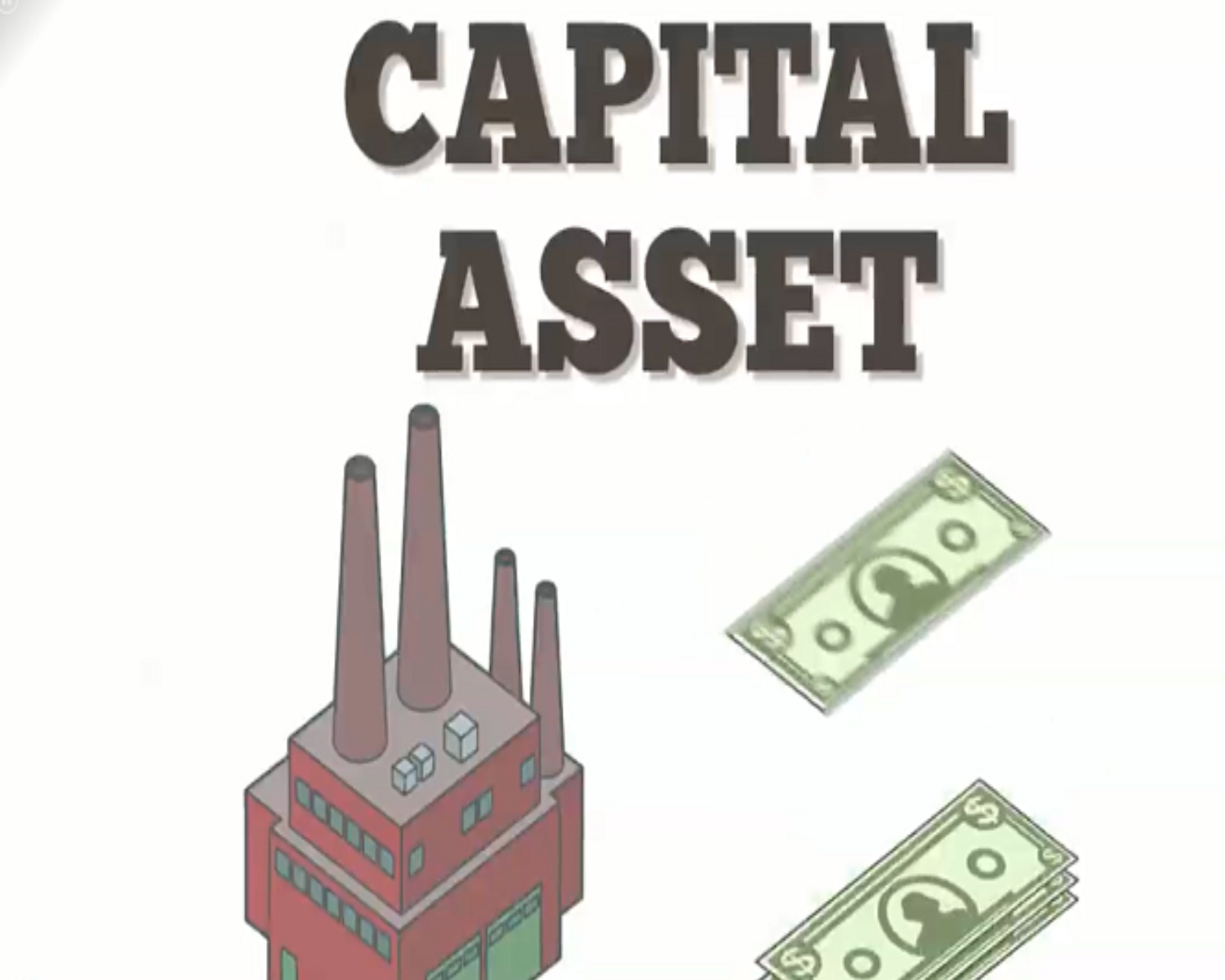Capital Gain in Conversion of Capital Asset into Stock in Trade

According to Section 45(2) of the IT Act, when an assessee converts a capital asset into stock-in-trade of his business, it is considered as a transfer of a capital asset which will attract provisions of capital gain. Such conversion isn’t considered as a transfer of ownership.
Pertinent Provisions:
The term ‘transfer’ in connection to a capital asset is defined in Section 2(47) (iv), which states that any conversion or treatment of the capital asset as stock-in-trade done by the owner.
Section 45(2) says that any gains made out of the transfer of capital assets by converting them into stock-in-trade will be a taxable amount under the IT Act. As per Section 48, the fair market value will be the absolute value of consideration accrued or received on the date of sale of the same.
Also, the amount of profit or loss made out of such conversion will be taxable for the year in which the assessee made the sale. All this is despite anything mentioned in subsection (1) of section 45.

Provision related to fair market value:
For computing the gain/loss made by conversion, the fair market value is used, which is defined in Section 2(22B) as follows:
- that price which the capital asset would typically get if the asset were sold in the open market, on the particular date
- where ever it is not possible to ascertain the price by the method mentioned above, the rules pertaining to the Act might be used to do so.
Important points:
- The principal point to be considered while dealing with the application of section 45(2) is that the asset which is getting converted into stock-in-trade must fall under the category of the capital asset as per section 2(14). If it is not a capital asset, then any conversion made by the assessee will not fall under section 45(2), and any profit or loss made after that shall not be considered as capital profit/loss. The most common example can be taken that of agricultural land, which does not fall into the category of a capital asset. So any transfer made by the assessee of such land into stock-in-trade in his business will not make it applicable under section 45(2).
- Secondly, the capital gain or loss shall be computed in the assessment year in which the actual sale took place and not in the year of transfer.
Indexation of cost:
For calculating the cost indexation, the year of transfer is taken into account and not the year of sale of the transferred capital asset.
Business Income calculation:
For calculating the income made out of the sale of the transferred asset, the year of sale is taken into account and the profit/loss made taking into consideration the fair market value is treated as Income U/H business and profession.


 ITAT Amritsar: No Section 269SS Violation for One-Time Cash Payment Before Sub-Registrar
ITAT Amritsar: No Section 269SS Violation for One-Time Cash Payment Before Sub-Registrar  Tax Officials Unleash Digital Dragnet: How New Raid Powers Redefine Privacy, Property Rights in India and likely to Fuel Corruption
Tax Officials Unleash Digital Dragnet: How New Raid Powers Redefine Privacy, Property Rights in India and likely to Fuel Corruption  Income Tax Department Rewards for Reporting Tax Evasion: A Comprehensive Guide
Income Tax Department Rewards for Reporting Tax Evasion: A Comprehensive Guide  Forfeiture of Gratuity by Employer- What are the Remedies for an employee- Can employer be challenged?
Forfeiture of Gratuity by Employer- What are the Remedies for an employee- Can employer be challenged?  Employer can forfeit gratuity of an employee in case of moral turpitude
Employer can forfeit gratuity of an employee in case of moral turpitude  Diving Deeper: The Impact of the New Tax Bill on Dairy and Farming Income
Diving Deeper: The Impact of the New Tax Bill on Dairy and Farming Income